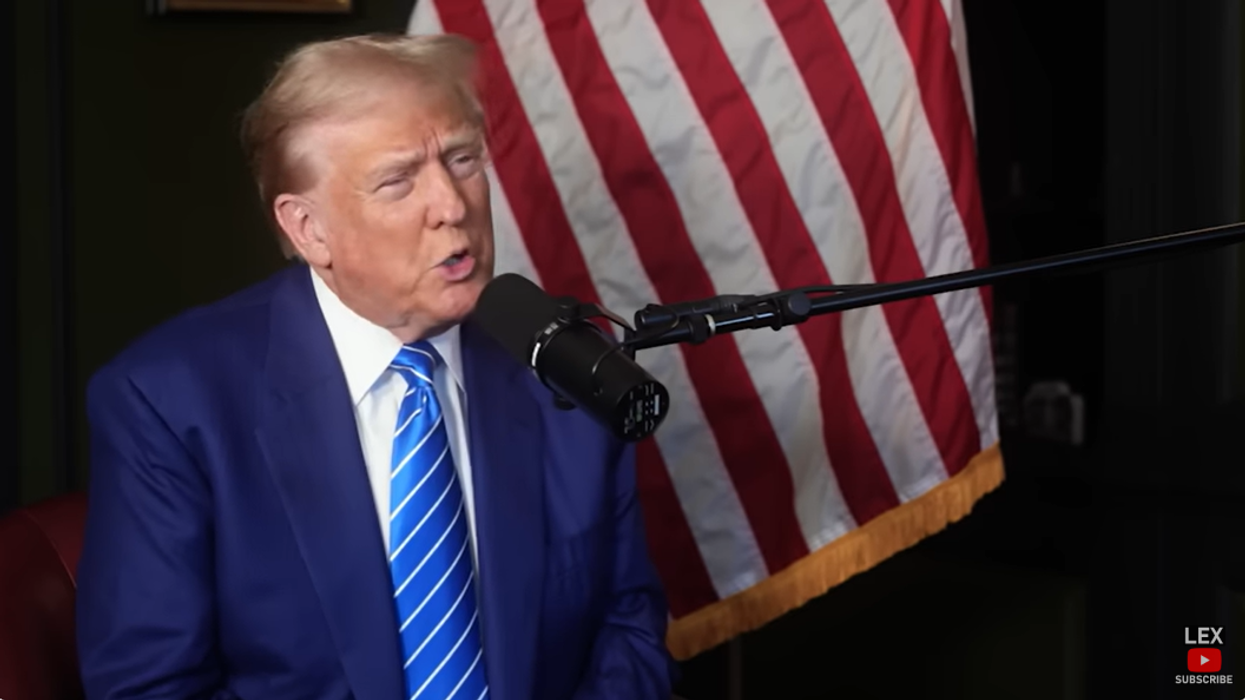On Friday, October 3rd, President Donald Trump issued a dramatic ultimatum on Truth Social, stating this is the “LAST CHANCE” for Hamas to accept a 20-point peace proposal backed by Israel and several Arab nations. The deadline, set for Sunday at 6:00 p.m. EDT, was framed as a final opportunity to avoid catastrophic consequences. Trump warned that if Hamas rejected the deal, “all HELL, like no one has ever seen before, will break out against Hamas,” and that its fighters would be “hunted down and killed.”
Ordinarily, when a president sets a deadline, the world takes him seriously. In history, Presidential deadlines signal resolve, seriousness, and the weight of executive authority. But with Trump, the pattern is different. His history of issuing ultimatums and then quietly backing off has dulled the edge of his threats and raised questions about their strategic value.
Is this calculated brinkmanship, or improvisation masquerading as policy? No one can say for sure.
Deadlines can be powerful tools in negotiation—but only if they’re enforced. When they’re repeatedly ignored or abandoned, they lose their potency. And when the person issuing them is known for moving goalposts, the credibility of the office begins to erode.
Trump has a history of missing deadlines and issuing empty ultimatums. Here are just a few:
- “Two Weeks” for Health Care Plan (2017–2020): Promised dozens of times, never delivered.
- Ending the War in Ukraine “In One Day” (2024 Campaign): No plan disclosed, war continues.
- Iran Strike Decision “Within Two Weeks” (2025): No action taken.
- Putin Ultimatum on Peace Talks (May 2025): No follow-up or policy shift.
- Mass Deportations and Guantanamo Transfers (2025): Only 400 transferred; legal barriers stalled the rest.
- Government Shutdown Leverage (2018–2019): Longest shutdown in U.S. history ended without full wall funding.
- Minimum Wage Reform “In Two Weeks” (2019): No plan released.
- Middle-Class Tax Cuts “Before Midterms” (2018): Congress wasn’t in session; no legislation was introduced.
- DACA Replacement Deadline (2018): No deal reached; issue unresolved for years.
- China Tariff Resolution “Very Soon” (2019–2020): Phase One deal signed, but significant issues left untouched.
Members of Congress have responded with varying degrees of concern and contempt. Senator Susan Collins warned: “Deadlines are useful only if they’re backed by real policy. Otherwise, they’re just noise.”
Former Congressman Adam Kinzinger, a member of the January 6th Committee, was more direct:
“Trump’s latest threat is nothing more than the desperate howl of a man who knows history will regard him with shame." I’m not intimidated by a man whose actions on January 6th showed a cowardly disregard for democracy and the rule of law.”
Yet among Trump’s MAGA base, missed deadlines rarely matter. His supporters see him not as a policy technician but as a symbolic warrior—someone who speaks their grievances aloud, even if he doesn’t always act on them. When deadlines pass without consequence, they blame the institutions he’s vowed to disrupt, not the man himself.
This dynamic reveals something more profound: a shift from accountability to performance, from governance to spectacle. In a healthy democracy, deadlines are not just rhetorical devices—they are commitments.
When they become theater, the cost is not just political. It calls into question Presidential leadership
If presidential ultimatums are to mean anything, they must be grounded in real intent, real consequences,
and real follow-through. Otherwise, we risk normalizing a politics of bluff—where power is measured not by what leaders do, but by how loudly they threaten to do it.
And in that vacuum, the very idea of presidential seriousness begins to fade. Not with a bang. But with a shrug.
David Nevins is the publisher of The Fulcrum and co-founder and board chairman of the Bridge Alliance Education Fund.



















